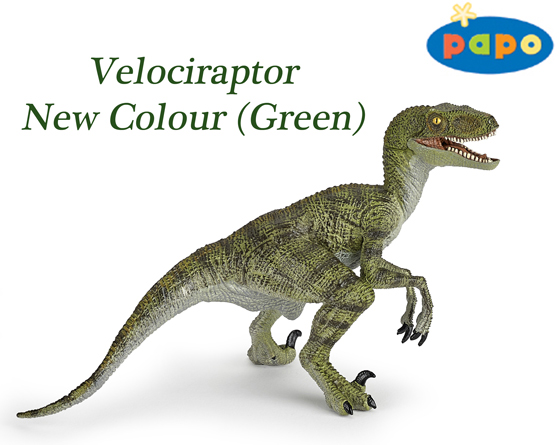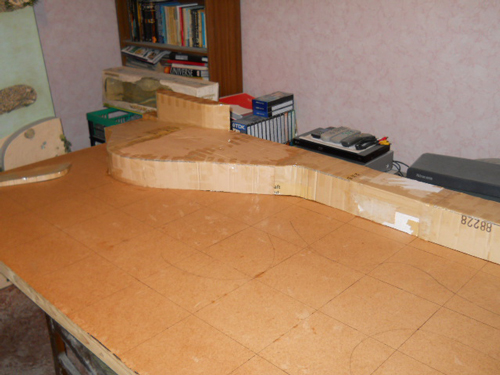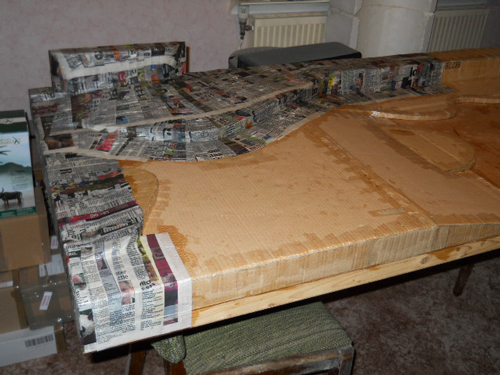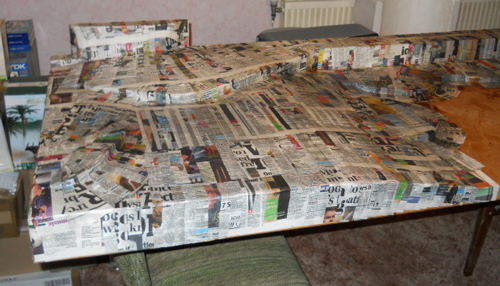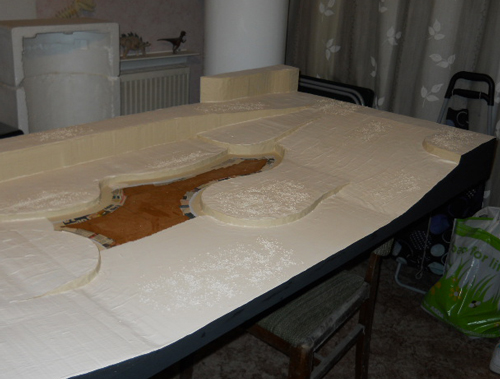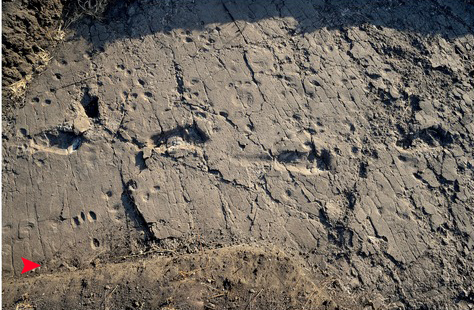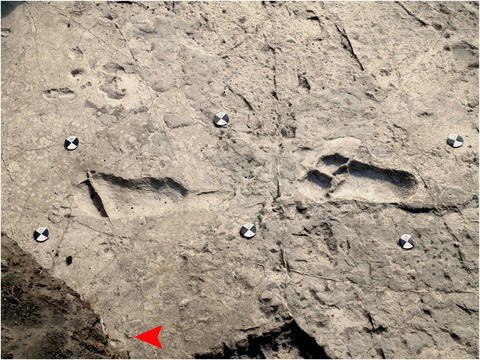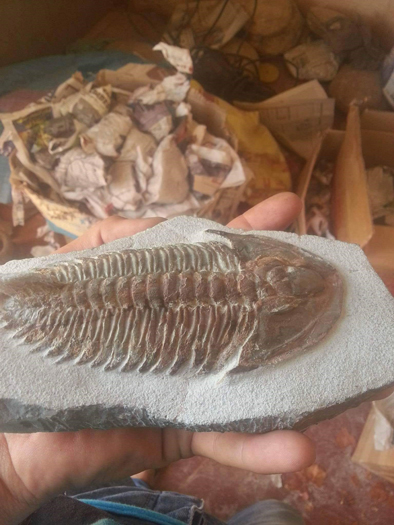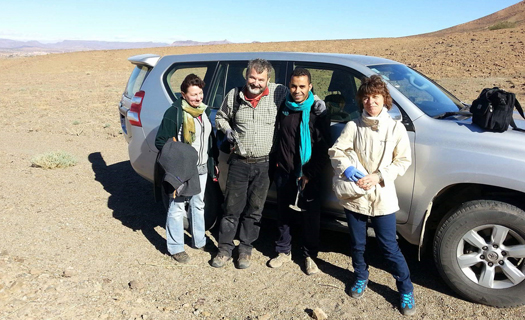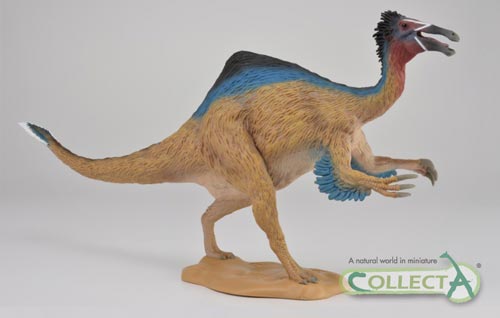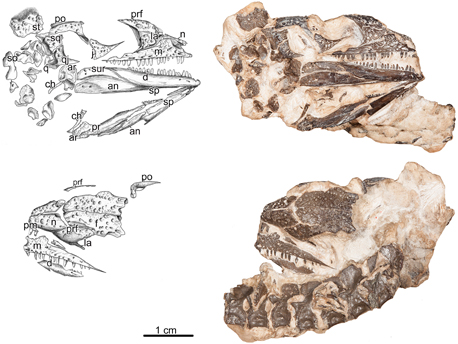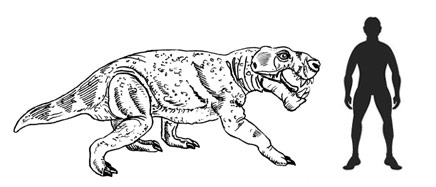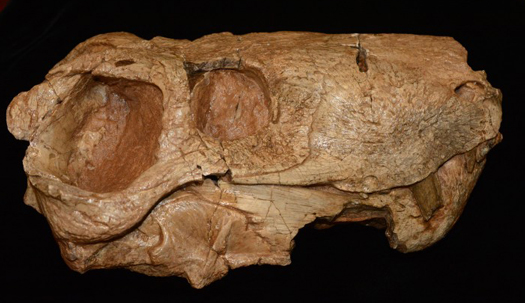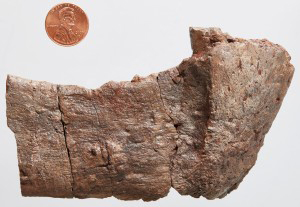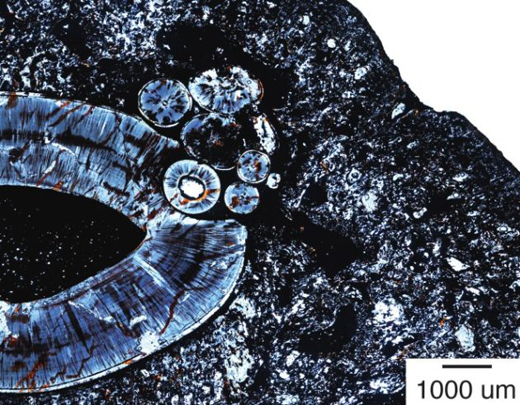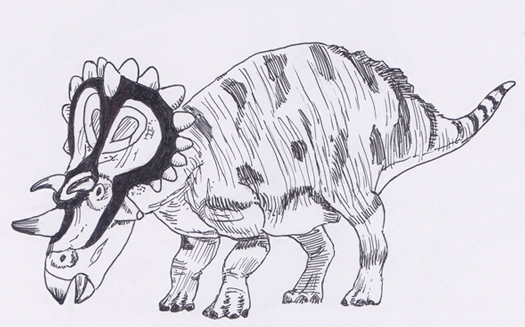Two New Ceratopsian Clades – Nasutoceratopsini and the Centrosaurini
Over the last few years, the number of horned dinosaurs described from fossils found in North America has risen at a rapid rate. Today, we discuss two new clades the Nasutoceratopsini and the Centrosaurini.
New additions to the Ceratopsidae include Machairoceratops and Spiclypeus (2016), Wendiceratops along with Regaliceratops (2015), Pentaceratops aquilonius and Mercuriceratops (2014) Judiceratops, Nasutoceratops and Bravoceratops (2013), Medusaceratops, Utahceratops, Kosmoceratops and Mojoceratops (2010) and Albertaceratops (2007). We did say that the number of identified North American genera had gone up rapidly!
All these new horned dinosaurs has led to an inevitable revision of the Ceratopsidae family tree. Writing in the academic journal “The Canadian Journal of Earth Sciences”, researchers have erected two new clades, otherwise referred to as “tribes” – namely the Nasutoceratopsini and the Centrosaurini.
A New Tribe Helping to Sort Out Horned Dinosaurs – Nasutoceratopsini
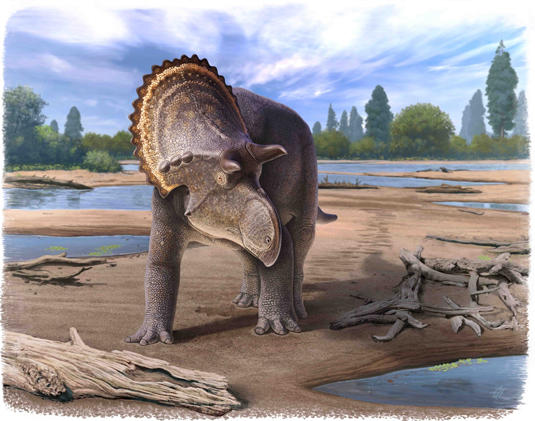
A new type of horned dinosaur based on the fragmentary skull CMN-8804.
Picture credit: Canadian Museum of Natural History/Andrey Atuchin
International Rules of Taxonomic Classification
There are international rules laid out to help ensure that scientists are consistent in their use of appropriate terminology when it comes to classifying organisms. Admittedly, we at Everything Dinosaur don’t always follow those rules on this blog, but when it comes to classification, the ending given to a word helps to define the rank within taxonomy of that word. Here’s an example
Order: Ornithischia (bird-hipped dinosaurs)
Clade: Marginocephalia (bony shelf at the back of the skull)
Family: Ceratopsidae (note – all zoological families end in the letters “idae”)
Sub-Family or Clade: Centrosaurinae (a sub-family is written with the suffix “inae” to help denote the status in taxonomy)
Clade or Tribe: Nasutoceratopsini (a division of the family, above the rank of genus but below sub-family or family. It is a rank always denoted by the ending letters “ini”)
Genus: Nasutoceratops (a taxonomic rank just above species that groups together very closely related species)
Species: Nasutoceratops titusi (the lowest of the major taxonomic classifications, denoting an individual species with the species name usually written in italics or underlined if the name is hand-written)
Nasutoceratopsini and the Centrosaurini
The scientists, which include lead author Dr Michael Ryan (Cleveland Museum of Natural History), have erected these two tribes, or clades within the sub-family Centrosaurinae based on an assessment of anatomical characteristics following extensive comparative analysis of the fossilised bones of these large, herbivorous dinosaurs.
A fragmentary skull which includes parts of the snout and beak of a ceratopsian, collected nearly eighty years ago in southern Alberta, has led to the establishment of the Nasutoceratopsini. The fossil skull (pictured below), was collected by the famous palaeontologist Charles Sternberg from southern Alberta in 1937. Although it is too fragmentary to allow the identification of autapomorphies (unique characteristics) that would allow a new species to be named, it has helped the research team to identify the Nasutoceratopsini based on several features such as the large, broad neck frill and the shape of the beak.
Specimen Number CMN-8804 Helping to Define the Nasutoceratopsini
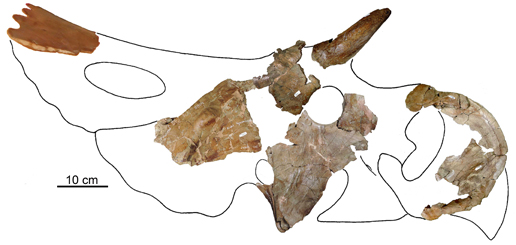
Highly fragmentary Ceratopsian skull collected by Charles Sternberg in 1937.
Picture credit: Canadian Natural History Museum/The Canadian Journal of Earth Sciences
The new Nasutoceratopsini grouping includes Avaceratops from Montana as well as the recently described Nasutoceratops from Utah), along with an as yet undescribed skull specimen from Malta, Montana (specimen number GPDM-63). Unlike, their ostentatious contemporaries within the Centrosaurinae, the Nasutoceratopsini had prominent frills that lacked well-developed ornamentation. In a press release, the scientists state that the Nasutoceratopsini were not dinosaur show-offs, choosing instead to blend into their environments.
A Close View of the Head of the Dinosaur (Specimen CMN-8804)
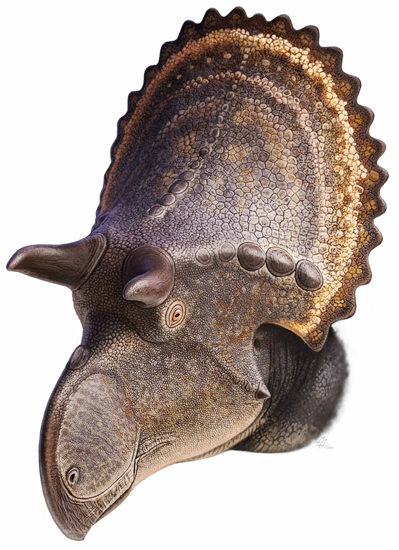
The broad frill lacking excessive ornamentation of a Nasutoceratopsini.
Picture credit: Canadian Museum of Natural History/Andrey Atuchin
Lacking Shield Ornamentation
Although all nasutoceratopsins lack shield ornamentation, they had two long brow horns above their eyes.
Dr Ryan explained:
“Nasutoceratopsins took a different evolutionary path from their centrosaurine cousins, which typically have highly ornamented skulls. We believe that the skull ornamentation was important for attracting mates. If nasutoceratopsins lacked bony ornamentation, it’s possible that they may have used distinctive coloration patterns, social behaviours or vocalisations, like modern birds do in their courtship behaviours. But we’ll never know for sure since those latter features don’t fossilise.”
The second new tribe described by the scientists, Centrosaurini, formally acknowledges its members (such as Centrosaurus) as being a natural grouping of horned dinosaurs with highly ornamented frills and short brow horns.
The Nasutoceratopsini and the Centrosaurini dinosaurs are represented in the Beasts of the Mesozoic modle range.
To view the Beasts of the Mesozoic figures: Beasts of the Mesozoic Figures and Models.
The Phylogeny of the Centrosaurinae
A Reassessment of the Centrosaurinae (Phylogeny)

Looking at the phylogeny of the Centrosaurinae.
Picture credit: The Canadian Journal of Earth Sciences with additional annotation from Everything Dinosaur
In the consensus tree diagram above, the phylogenetic relationship between members of the tribe Nasutoceratopsini are shown within the sub-family Centrosaurinae. The new clades Nasutoceratopsini and Centrosaurini are underlined in red.
The fact that the two tribes are found together over a great distance in rocks of the same age indicates that they would have overlapped in the same regions at the same time. Nasutoceratopsins and centrosaurins co-existed. The research team examined the strata in the Belly River Group (southern Alberta) and compared it to the roughly same-aged rocks that comprise the Judith River Formation of north-central Montana. They then mapped the Ceraptosidae fossils so that they could estimate which types of ceratopsids were contemporaneous.
Which Types of Horned Dinosaur Lived When?
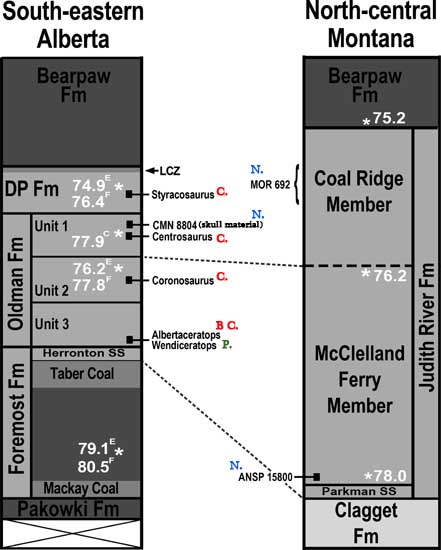
Nasutoceratopsini and Centrosaurini species were contemporaries in Laramidia.
Picture credit: The Canadian Journal of Earth Sciences with additional annotation from Everything Dinosaur
In the sequential strata diagrams above different members of clades that comprise the Ceratopsidae have been identified.
Key
B C = Basal ceratopsid
C = Centrosaurini
N = Nasutoceratopsini
P =Pachyrhinosaurini
Co-author of the paper, Dr Jordan Mallon (Canadian Museum of Nature), compared the ceratopsids of North America in the Campanian stage of the Late Cretaceous to extant populations of African rhinos, Dr Mallon stated:
“It’s probably similar to how two species of rhinoceros can broadly overlap in their geographic ranges, but do not actually compete with each other for resources. Black rhinos will feed on woody browse, while white rhinos are primarily grass grazers. Thus, the two species tend to utilise different parts of the same environments. The assumption that centrosaurins and nasutoceratopsins may have had different feeding strategies is supported by the fact that the two tribes had different types of jaws, with the lower jaws of nasutoceratopsins being shorter and deeper.”
The scientific paper: “A Basal Ceratopsid (Centrosaurinae: Nasutoceratopsini) from the Oldman Formation (Campanian) of Alberta, Canada” published in The Canadian Journal of Earth Sciences.
Visit the Everything Dinosaur website: Everything Dinosaur.




